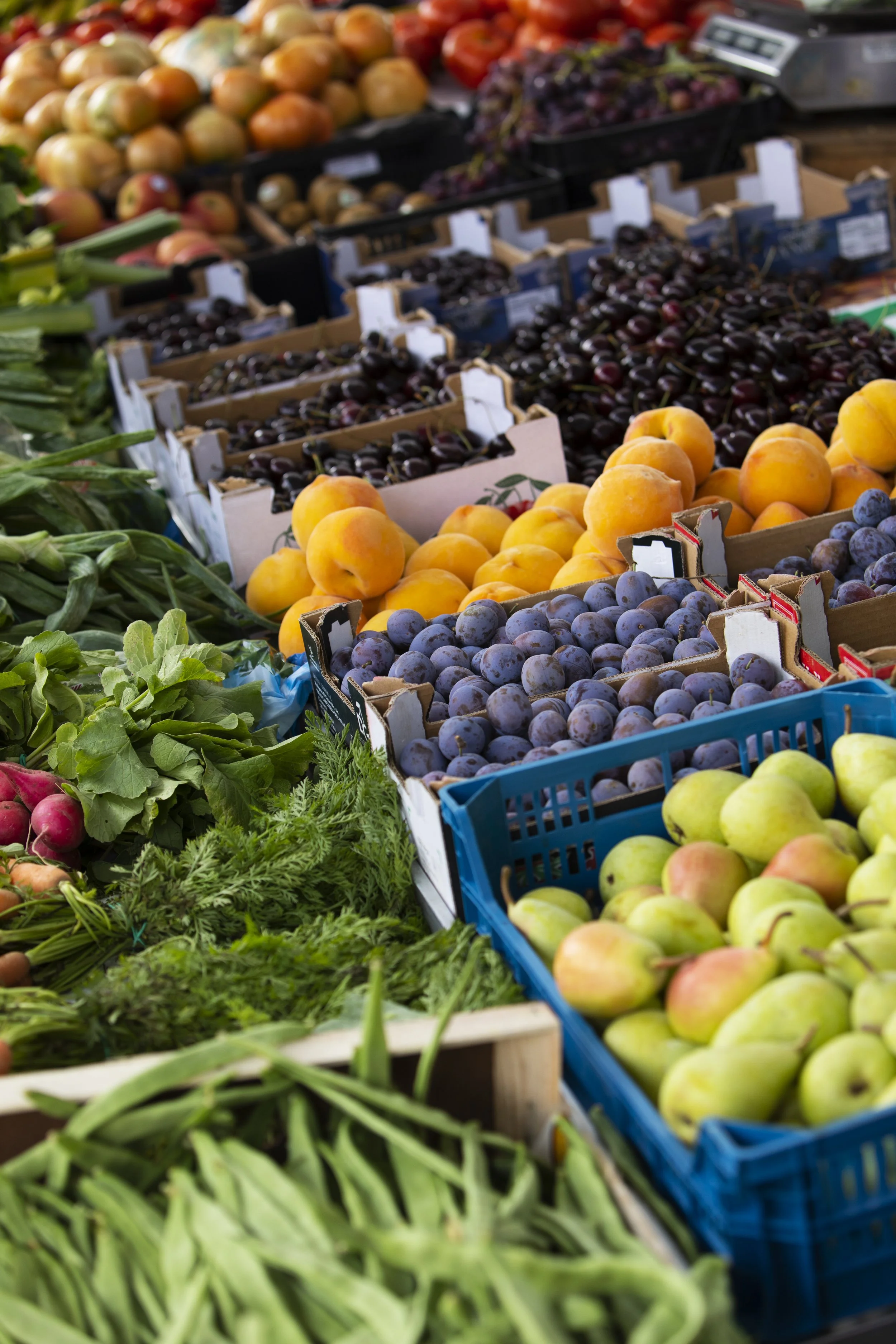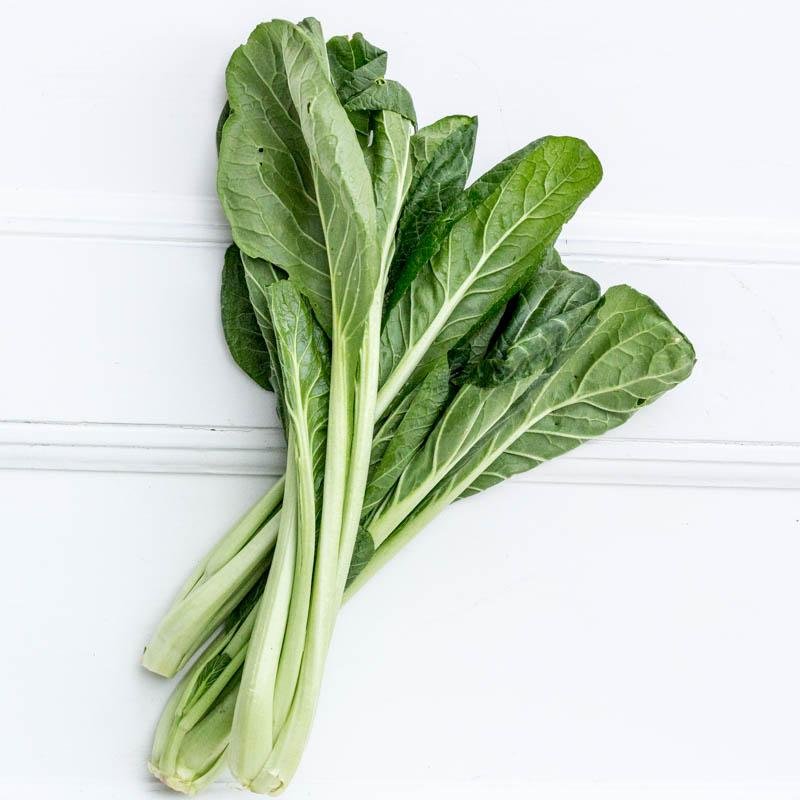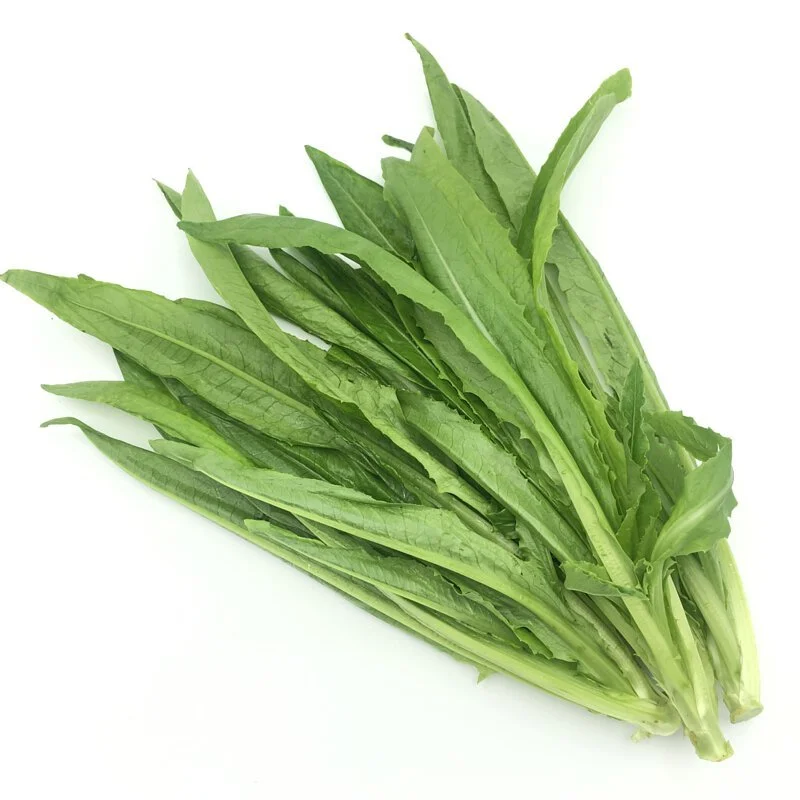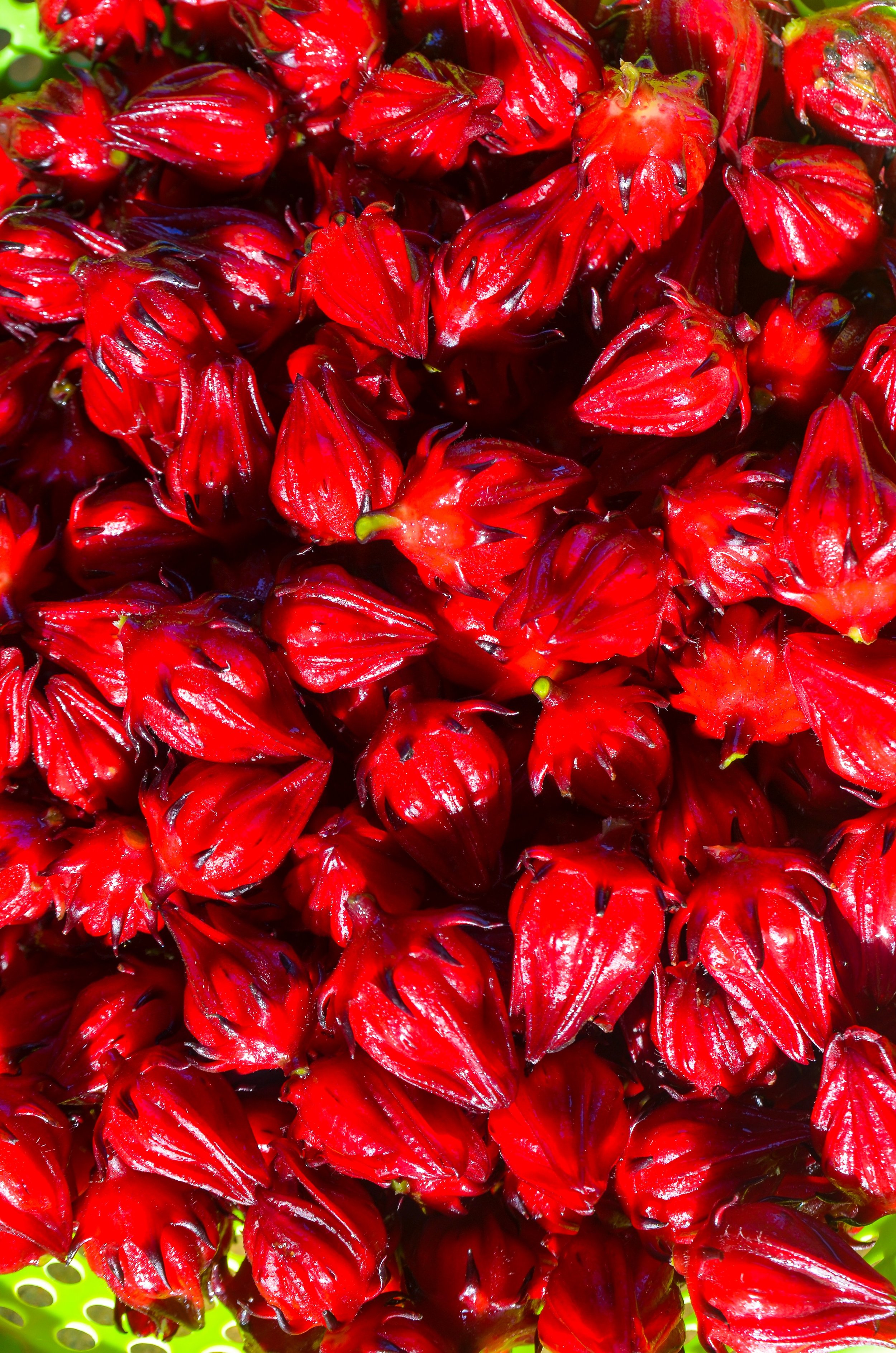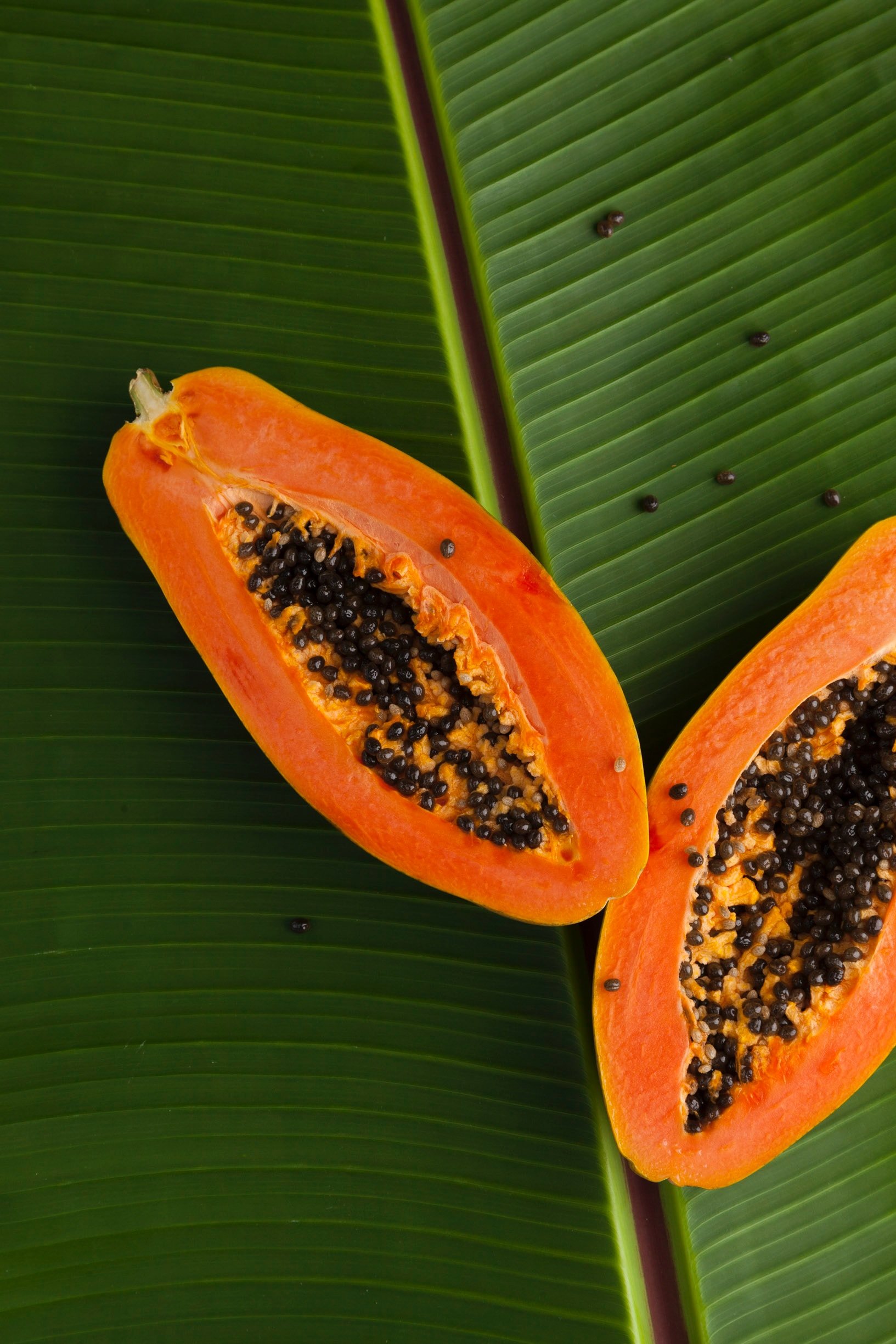5 in season fruits & vegetables: October edition
Autumn has officially fall-en. Which only means one thing: a new selection of seasonal fruits and vegetables!
香蕉 Banana
Greatest harvest between the months of June to September, available all year.
The mighty banana. A true superhero in the fruits sphere as it is packed with potassium, vitamins (A, B & C) and fibre, AND it has its own biodegradable cape (or packaging). Did you know that there are more than 500 recognised varieties of bananas? And amongst them all, the one that has topped the banana world is the “Cavendish" variety, which accounts for 99% of our world’s banana consumption. With its delicious creamy taste and health benefits, it comes to no surprise that it is one of the most widely consumed and traded fruit.
Bananas are one of the richest sources of potassium, meaning they can help maintain your blood pressure, metabolism and chemical balance in your body. On top of that, they are fat free, cholesterol free and sodium free. How can ONE fruit be so nutritious? It’s quite simply (and literally) bananas.
Here's a zero waste banana peel bread recipe that will leave you wanting more.
菜心 Choi Sum
In season between the months of September to June.
The direct translation from Chinese “choy sum” to English means “the heart of the vegetable”. How poetic! Also known as a Chinese flowering cabbage, choi sum contains yellow flowers that are also edible with a subtle mustard-y flavour. Choi sum is considered one of the most popular vegetables in China, especially in Hong Kong and in its Cantonese cuisine. They can be eaten raw or cooked, but the most common way of eating them is stir-fried or lightly blanched and topped with oyster sauce, rice wine, soy sauce or sesame oil. To minimise waste, you can even use the blanched choi sum water to make a soup stock.
Choi sums are very good sources of calcium, iron and fibre. They have a lower level of oxalic acid which means that the iron and calcium are more readily absorbed. This popular green is also packed with folate, Vitamin B6 and antioxidant like beta-carotene that is converted into Vitamin A in our bodies.
If you live in Hong Kong and have not yet included choi sum in your quotidian diet, then perhaps it’s time! Try it using this stir-fry recipe.
油麥菜 Indian Lettuce
In season between the months of October to April.
Whilst not as common as choi sums, the Indian lettuce is definitely making the list for this month’s seasonal vegetables because of its nutrition, unique flavour and cooking versatility. Being native to China, it has spread across Asia and is today cultivated in multiple tropical regions on a small scale. The Indian lettuce has a crunchy texture with a semi-bitter, pungent flavour. It is suitable for both raw and cooked applications; either fresh in salads or as a vessel for your proteins, or it can be stir-fried, steamed or boiled. Although it can be kept in the fridge for a few days, consuming it immediately will guarantee its freshness.
You definitely want to start consuming this green powerhouse because it contains Vitamin C, potassium, iron, calcium, antioxidants and riboflavin. On top of that, it is used as a digestive aid and when consumed as a tonic, it has the ability to reduce symptoms of coughs, anxiety and insomnia.
Try it in this simple recipe!
洛神花 Roselle
In season between the months of October to December.
The roselle, not just a botanical beauty but also a remedy. And to put it simply, this Hibiscus flower is one of nature’s all inclusive gift. Known for its fleshy calyces, flavourful (and may we add colourful?!) leaves and nutritious flowers, the roselle plant offers an array of culinary use (from drinks to sweet and savoury dishes). And in case you were wondering, the taste of the roselle calyces resembles one of the cranberry, yet less bitter and with lemon undertones.
Regarding its botanical remedy benefits, the roselle plant contains high levels of natural antioxidants, anti-inflammatory and antibacterial properties. It is also recognised for its diuretic and tonic qualities; it is used to help with urine and bowel motions, treat constipation and prevent colorectal cancer. And if these benefits are not enough, this therapeutic plant is believed to even cure hangovers (we told you the roselle is nature’s gift).
So how can you reap the benefits from the roselle plant? You can either add a spin to your regular salads and use the leaves to add a spicy, spinach flavour, or boil the dried/fresh flowers to make a beautiful crimson juice (known as flor de Jamaica). Or why not try it as a jam? Follow this recipe.
木瓜 Papaya
Greatest harvest between the months of September to December, available all year.
Papaya… even just saying it sounds exotic. Being an incredibly healthy tropical fruit, the papaya is packed with Vitamin C and antioxidants (particularly one called lycopene) that can fight disease, reduce inflammation and keep you looking young. Because it also contains the enzyme papain (which has the ability to break down protein chains), papayas have been historically employed to tenderise meat. Moreover, papayas are all in all a tropical fruit that you certainly want to eat more often of. Its high antioxidant compounds mean that this fruit can reduce your risk of diseases, particularly ones that come with age like heart disease and cancer.
But how do you know how to pick the right one at the market? Well, make sure to select one that has mostly yellow skin with a hint of green. This way it will ripen at home. Avoid the ones that are completely green because that is usually a sign they were picked too early and thus, probably will not fully ripen. And let’s be honest, nobody likes an unripe papaya.
We're bringing you two different recipes that are zero waste! One to use up the papaya seeds and the other to use the skin. The flesh can be consumed either in a fruit salad, a smoothie, or even salsa.
For more information on seasonal vegetables, have a look at this amazing Seasonal Calendar of Vegetables and Fruits from Hong Kong made by Slow Food HK. You can also find a great repertoire of seasonal highlights in Hong Kong from Kadoorie Farm and Botanic Garden.

